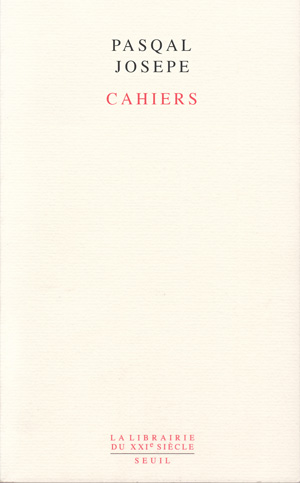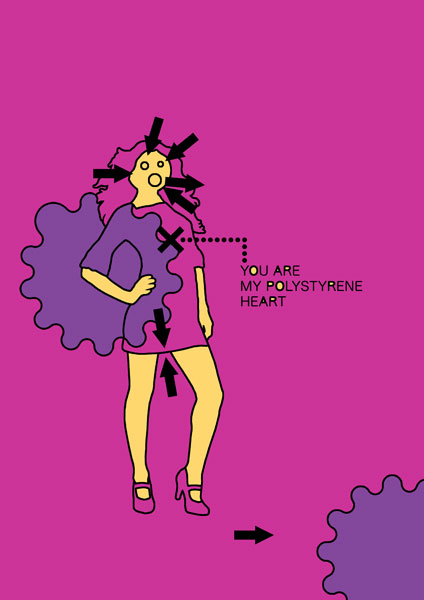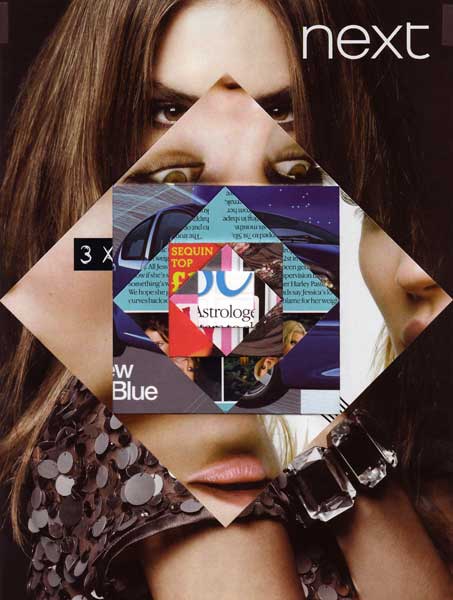In the very same instant that it forces us to be aware of what we see, photography forces us to step out of the moment we are in.
This itinerary begins in the historic centre of the city and finishes up in the New Quarter, the centrepiece of the government’s urban regeneration programme. It’s a pleasant, easy 3–4-hour walk (longer if you choose to dally in the city museum, with its fine Renaissance frescoes) and is perfect for a sunny afternoon if you are only spending one day in the town. For longer stays, consider combining it with a boat trip to the river mouth or the excursion to St Hilbert’s castle (see p. 175).
The Great Square was completed in 1789, the product of the architect Brunelleschi’s grand vision to transform the mediaeval town, up to that point a great rambling knot of narrow lanes, into a city worthy of the presence of the recent Hohenzollern conquerors. Laid out along classical lines, it is bright, airy and solid – signalling precisely the enlightened outlook the Hohenzollern wanted to communicate to their vanquished peasant foe. On the north side is the Duke’s palace, open to visitors from 11 till 3 every day. Lavish outside, the palace is surprisingly modest inside and not really worth more than a quick walk around. On the south side of the square, pause to admire the stained glass windows of St Nikolai’s cathedral, designed by Erwin Wurm in 1952 to replace the original 16th-century windows destroyed during the firebombing that ravaged much of the city during the First World War.
Back on the Great Square, turn and face east down the broad prospect of Elysian Avenue. Built as the main thoroughfare of Brunelleschi’s re-visioned town, the avenue is a postcard-perfect expression of rigidly geometric neo-Classical composition, affording unhindered views out across the valley beneath the town.
Today Elysian Avenue houses the top-end jewellery and couture houses you would expect to find in any international metropolis. Favourable tax rates, however, mean that prices may be more affordable here than elsewhere; do stop in at Cartier, whose premises, a mediaeval weavers’ guild house, have been beautifully restored. Continuing down the avenue, you will pass on your left a small alleyway leading to the town’s oldest tavern, which has been serving wines from the surrounding vineyards, according to a plaque on the wall, for the last 720 years. The Barolo Classico had an excellent year in 2009 and is particularly worth sampling. Just after the tavern, Elysian Avenue starts to bend to the right; follow the curve round to find yourself looking up on both sides at the city’s twin skyscrapers, designed by I M Pei in 1992. Both towers are glass and at first glance you would be forgiven for thinking you can see straight through them. After a moment it becomes clear, though, that the glass is completely opaque and what you are seeing is the reflection of the sky in the other tower. Typical of Pei’s experiments in Supermodern architecture, the towers today house the ministries for Defence and for the Interior.
Follow the grand staircase down from the twin towers, with its Art Nouveau ornamentation, and you will come to a fork in the avenue. The left fork takes you to the city’s bar and nightlife district with its burgeoning gay scene, still enjoying a period of experimentation after homosexuality’s legalisation in the late ’90s. The right fork takes you up the hill to the city’s prime residential neighbourhoods of Seaview and St Hilda’s. The weather is often noticeably cooler here in summer, providing respite from the sweltering streets below. If you decide to go out into the outskirts of the city to visit the vineyards and the Belvedere vodka distillery at North Point, be sure to stop at the chapel of San Antonio, where the composer Rimsky-Korsakov is buried in the graveyard. If you decide to visit the catacombs beneath the city, guided tours leave from the Great Square at 10am every day except Mondays. Coaches to the surrounding villages and to the ski resort of Kittsbühel depart from the central train station, notable for the fretwork on its iron roof. If you have your own car, don’t forget that it is obligatory to carry a reflective jacket and a warning triangle in the boot in case you break down.
The notebooks of Pasqal Josepe, published in French at the beginning of April this year (Cahiers, Éditions du Seuil), have allowed prospective readers of this Spanish-Albanian author a first vision through the looking-glass of his fractured body of writing.
Although drafts of his work are estimated to stretch to some thirteen thousand pages, none of Josepe’s three novels or numerous short stories has been published to date. None was completed to his satisfaction. An obsessive perfectionist, he would rework a passage of prose over and over, changing it beyond recognition before finally abandoning it as unsalvageable. His novels and stories exist only as splintered arcs of these rejected prose fragments, loosely held together by theories and proposed connections outlined in these notebooks.
Josepe’s sole and compulsive subject was his own body. His writing constitutes a self-obsessed, overwhelmingly detailed examination of it: in space, in time, as memory, through the eyes of others, in imagination. The three novel arcs attempt – and fail – to synthesise these disparate facets into a single, living vision of his corporal existence. Instead, they show only how Josepe pulls his body apart.
The Cahiers end by reproducing one of Josepe’s later fragments in all its laborious iterations. The passage deals with the plucking of a hair from his eyebrow, eventually becoming an attempt to reinsert the hair into its follicle. This half-page fragment takes up, in total, the final fifty-five pages of the book. Forcing oneself to read and re-read this shard of his body an excruciating eighty-nine times, one cannot but be overwhelmed by the intense self-fascination with which Josepe scrutinised himself in the mirror of his writing – and by the equally powerful self-loathing which forced him to reject what he saw over and over again.
In a separate section, he writes (reviewer’s translation): “My writing is my body. I sculpt and shape it until what I see is perfect. And this means cutting away what is not perfect. It is a necessary mutilation.” Ultimately, the peculiar appeal of Josepe’s work lies in reading the constant and unresolved struggle between his self-perfection and his self-mutilation; a struggle which demands his work remain impossibly multiform and, therefore, unreadable. It is not clear whether Josepe himself understood that to reach a final, perfect version of his work would be to destroy it completely.
The writer’s long-standing partner Heco, who is not mentioned anywhere in the notebooks, took on the task of editing Josepe’s three unfinished novels after the latter’s death from AIDS two years ago. The first of the three, Pâris–Achille (‘Paris–Achilles’), is scheduled for publication at the end of this year. If it is readable as a novel, it will certainly be a bloodless mutilation of Josepe’s work and his body.
Image: Pasqal Josepe, Cahiers (Paris: Éditions du Seuil, 2009)
[Published on www.introducingart.com, Issue 2]
This is one of the things they keep arguing about. He finds it very difficult to explain to her. She wants him to say it to her all the time, imagining that every time it becomes more lustrous, more deeply rooted, that it fertilises and replenishes itself. She seems to have a whole garden of words in her head, an orchard full of trees whose fruit, once picked, immediately replaces itself. He, in the same way he was born with only a limited number of teeth in his mouth, knows that each one is precious, that there is only a small number of times he can say these words before there are none left in him. He counts them repeatedly to check they are still there, running his tongue over the outline of each enamelled word. Every time she makes him say it is like a tooth being torn out by the roots.
··
Over time your bodies have taken on the shape of each other, grooved and indented by the friction of your nights. Looking down at your body tonight, you see only the absence of his. You count your ribs as you would count his fingers slotted into them. Your collarbone remembers his chin; your thighs remember his hips. Your body exists only where the memory of his repeats itself against you. Try as I might, I cannot bring you to life. Your bodies are too deeply confused. I feel his fingers in your ribs, his hips between your thighs. I cannot fit between your body and his.
··
We photograph ourselves to close the gap between us. The photographs do not show our arguments and failures, the things we cannot talk about. The clothes and the smiles hide the calluses and burns on our bodies, the patches where we have worn away the skin to reveal the marble and metal bulk of our incompatibility. I want to believe these photos as everyone else believes them. We surround ourselves with images of beach holidays, temple visits, shared meals; we apply these healing icons directly to the exposed flesh of our bodies. I want to believe this accumulation of photographs will be enough to bind tight the wounds we inflict on each other in private, to safeguard us against the attrition of every passing day.
I designed the website for Thane Salon, an occasional arts and literature event my friend Vincent and I hold in London.
I designed the logo and some other materials for transB, a London consultancy for the Japanese biotech industry.
Web usability rules. Jakob Nielsen writes them.
Alf has forgotten to buy himself a chocolate Easter egg again this year. He remembers only while he is cooking dinner. What reminds him is taking a real egg from the carton and noticing that it misses a seam. The memory of the seams in chocolate eggs comforts him. He used to relish the challenge of knocking an egg against a surface at just the right point and with just the right force to split it perfectly in two along the seam. Some eggs, the expensive ones with more chocolates inside, simply fell apart when you unwrapped the foil. This always disappointed him. Others had been melted together so enthusiastically by some machine that the chocolate along the seam was thicker than anywhere else and it was impossible to split them cleanly in half. He runs his fingertips over the smooth body of the real egg in his hand and, just before cracking it as usual against the edge of the saucepan, contemplates biting into its white shell, its two perfect halves melting in his mouth. As he stirs the yolk into his rice he has the taste of chocolate on his tongue.





